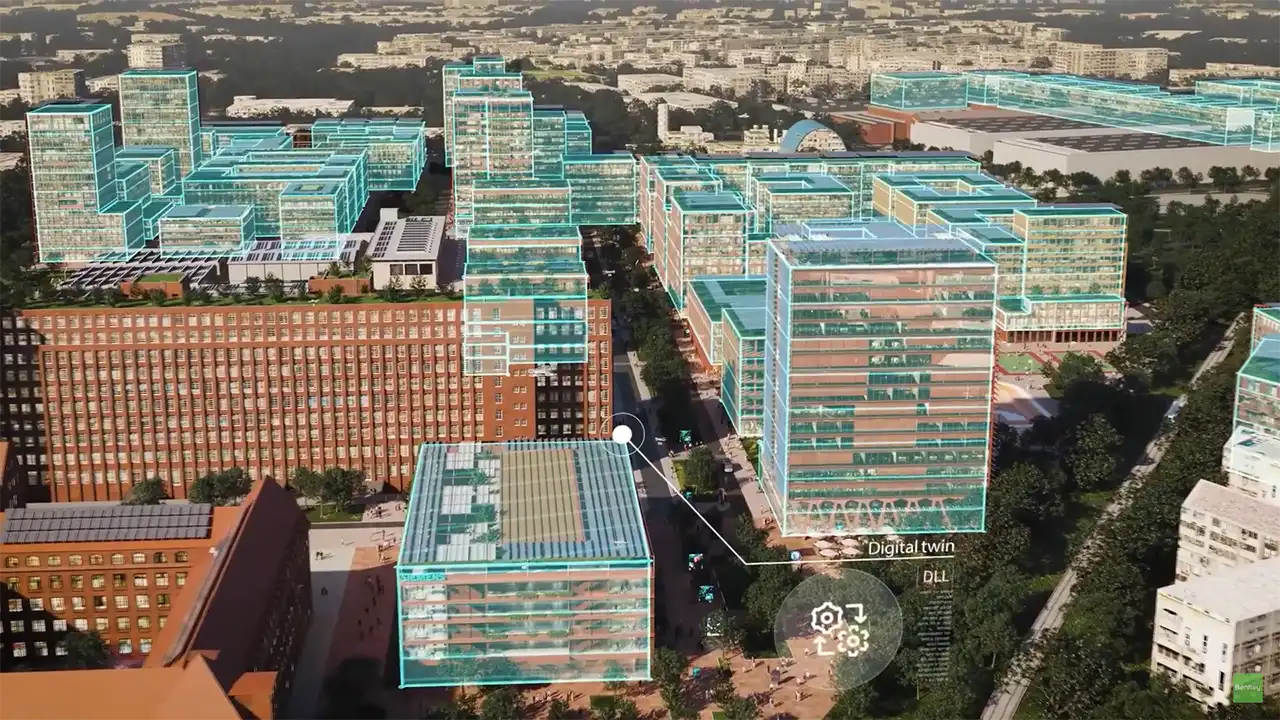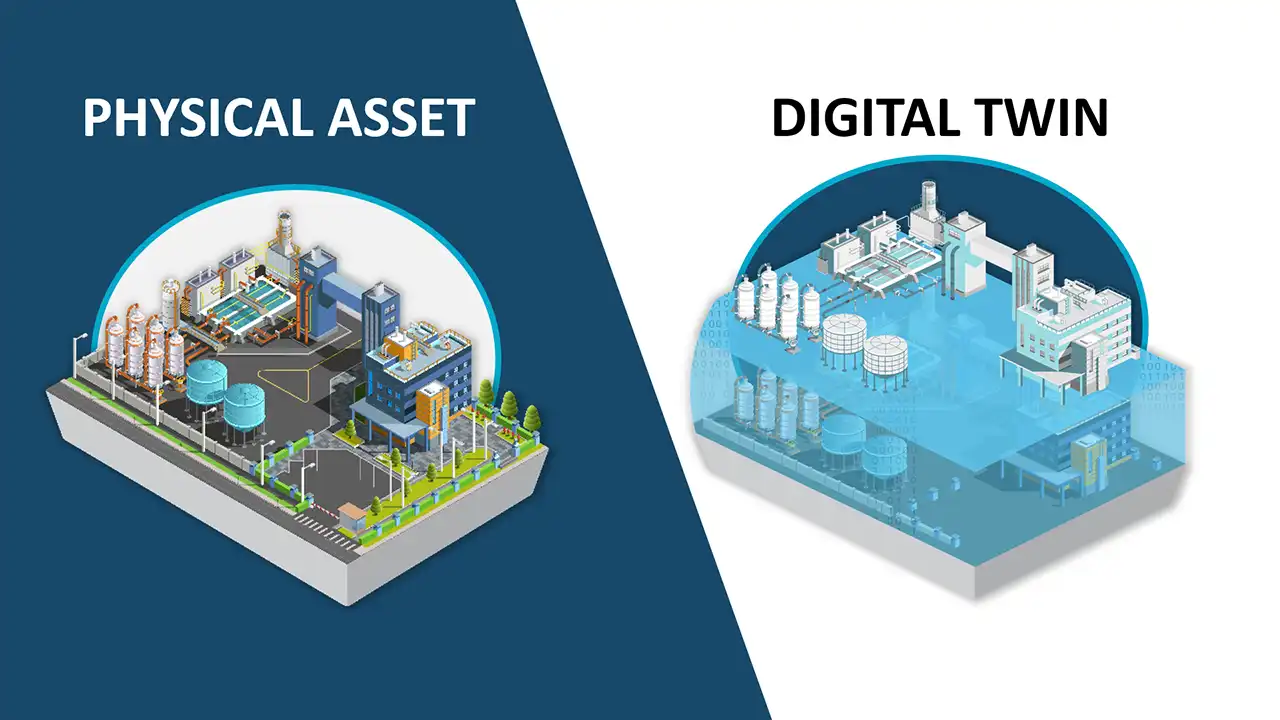Software
Digital Twin
Digital twin technology is becoming increasingly important for civil engineering because it offers a range of benefits that can improve the efficiency, safety, and cost-effectiveness of infrastructure projects.
Here are some of the reasons why digital twin technology is important for civil engineering:
- Improved planning and design.
- Better collaboration.
- Improved construction and operation.
- Reduced costs and improved ROI.
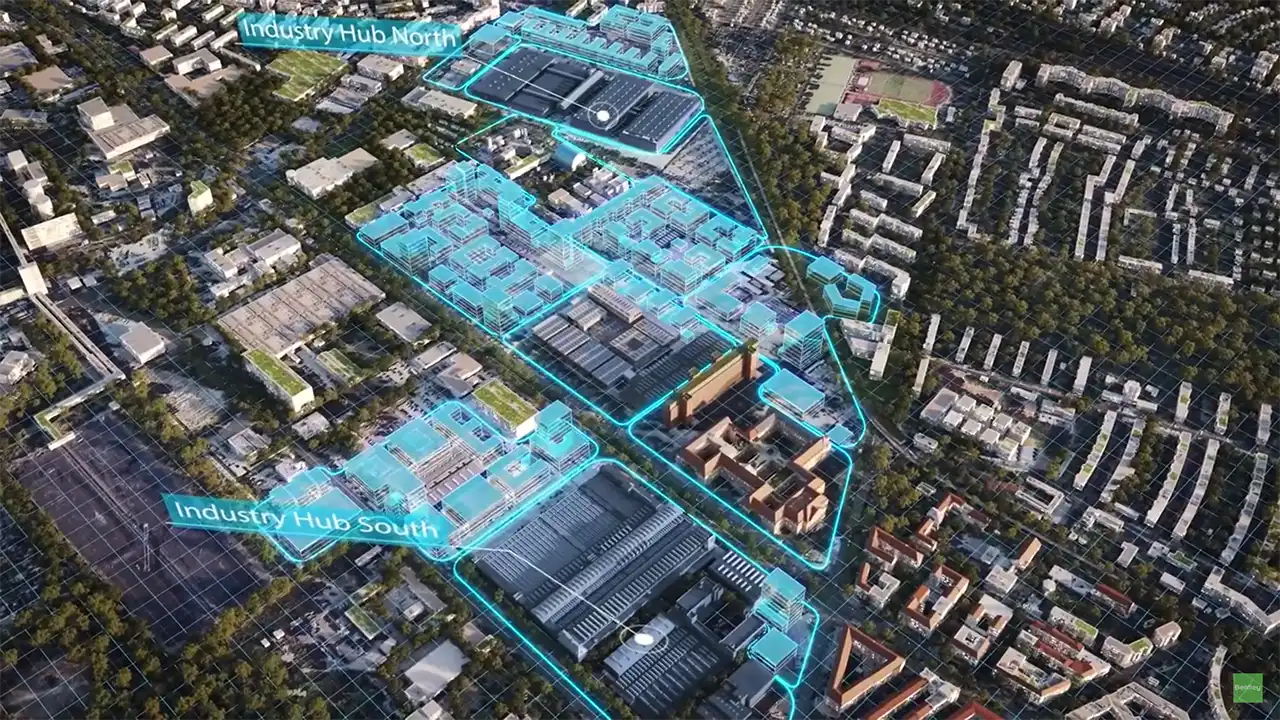
The key components of a digital twin are:
- Physical Asset
- Virtual Model
- Data Integration
- Analytics and Machine Learning
- Visualization and User Interface
- Communication and Collaboration
For government agencies, digital twin technology can help to:
- Improve planning and design of infrastructure projects, ensuring that they are optimized for their intended purpose and built to last.
- Enhance collaboration and communication among different stakeholders, including designers, engineers, contractors, and operators, ensuring that everyone is working towards the same goals.
- Monitor the performance of infrastructure assets in real-time, enabling timely interventions and reducing downtime.
- Reduce costs and improve ROI, ensuring that taxpayer dollars are spent efficiently and effectively.
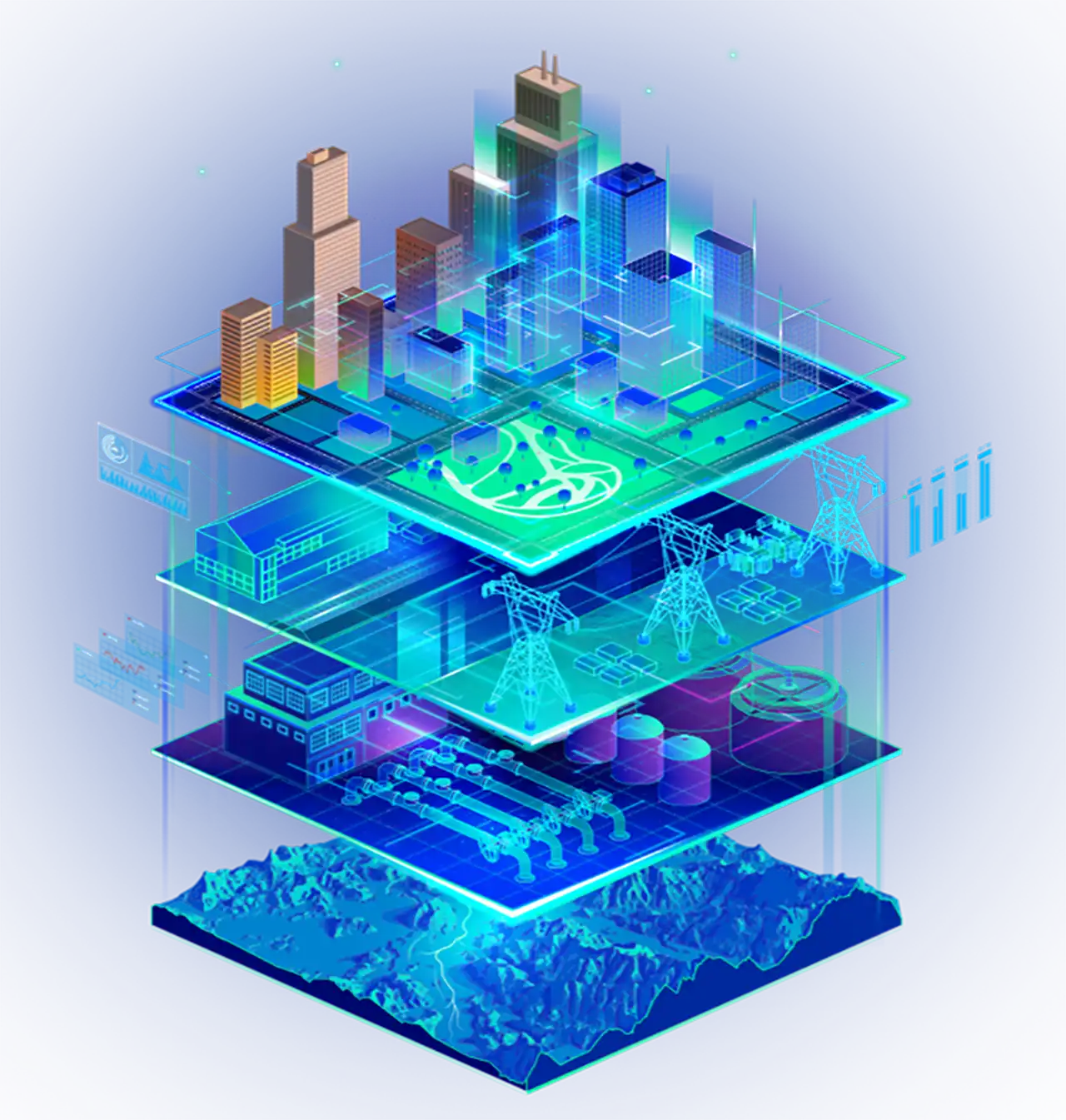
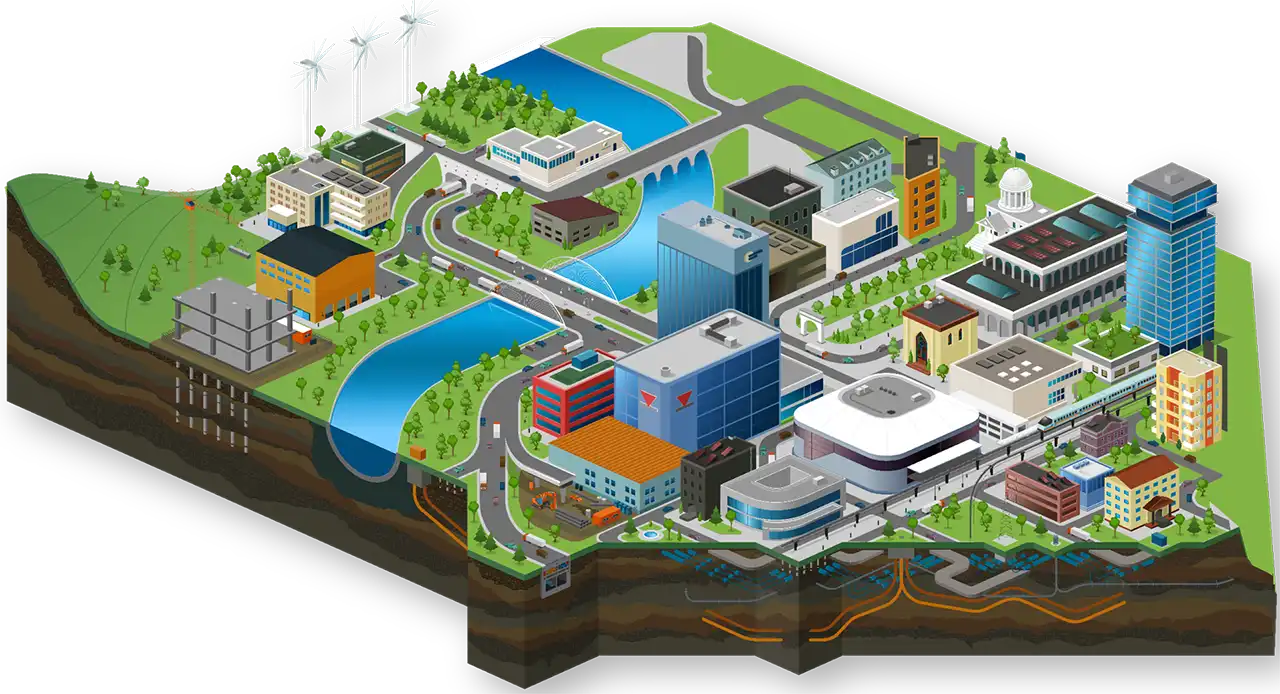
Digital twin technology is helping the construction industry in various ways, including:
- Improved design and planning.
- Real-time monitoring.
- Predictive maintenance.
- Remote collaboration.
Digital Twin in road infrastructure can help to improve safety, reduce downtime, and optimize the performance of the road network. By creating a virtual model of the road infrastructure and monitoring its performance in real-time, stakeholders can make better decisions and take timely corrective action to ensure the smooth and safe operation of the road network. The digital twin is used to monitor the performance of the highway and identify potential solutions to the visibility problem.
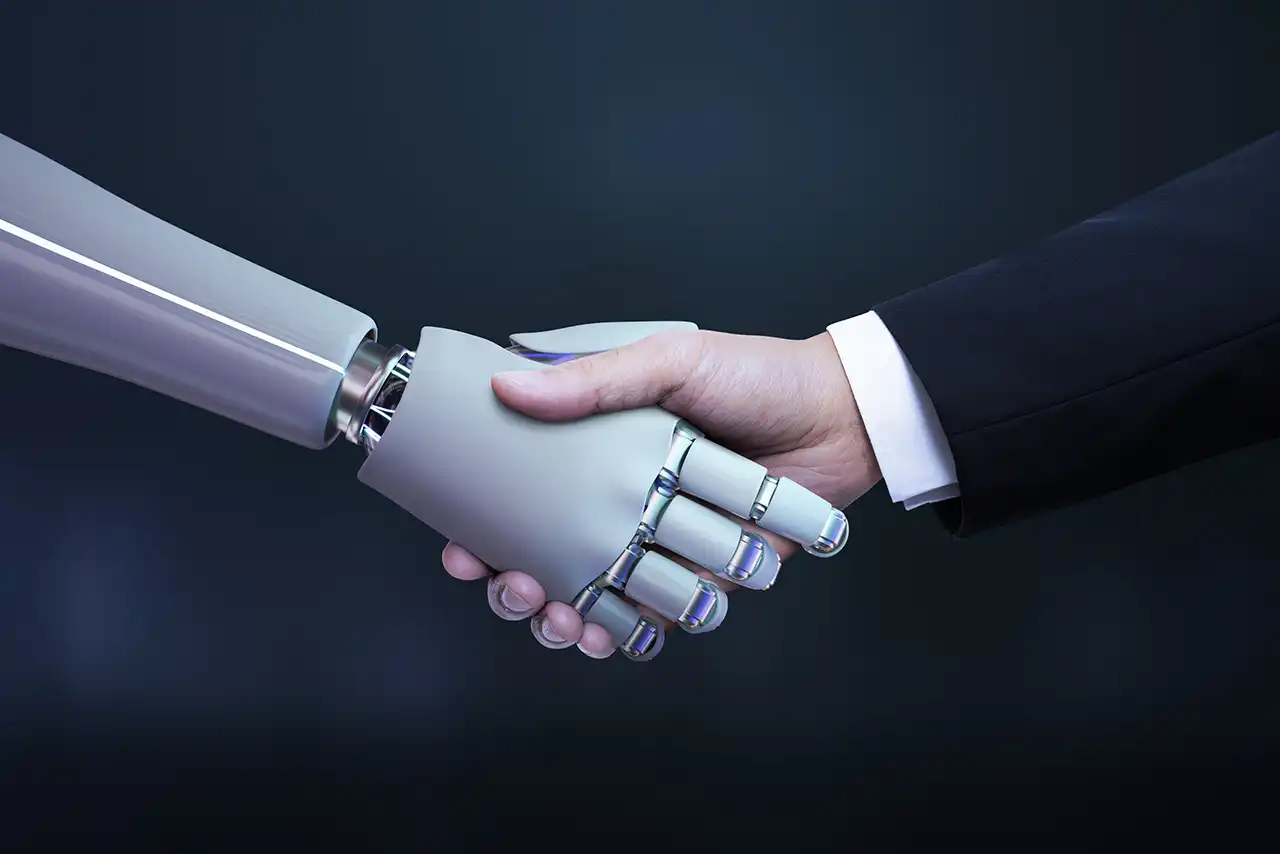
Digital twin technology can be used in planning for a variety of applications, including:
Urban planning
Digital twins can be used to create virtual models of cities, which can help urban planners to analyze the impact of proposed changes to the city’s infrastructure, such as new buildings or transportation systems. By simulating different scenarios, planners can identify potential problems and optimize their designs before construction begins.
Infrastructure planning
Digital twins can be used to create virtual models of infrastructure, such as highways, railways, and bridges. By simulating different scenarios, engineers can identify potential problems and optimize their designs before construction begins, reducing the risk of costly mistakes.
Manufacturing planning
Digital twins can be used to create virtual models of manufacturing facilities, which can help manufacturers to optimize their production processes. By simulating different scenarios, manufacturers can identify potential problems and optimize their processes before they begin production, reducing the risk of costly mistakes and improving efficiency.
Disaster planning
Digital twins can be used to create virtual models of areas prone to natural disasters, such as floods or earthquakes. By simulating different scenarios, emergency responders and other stakeholders can develop effective plans for responding to disasters and minimizing their impact.
